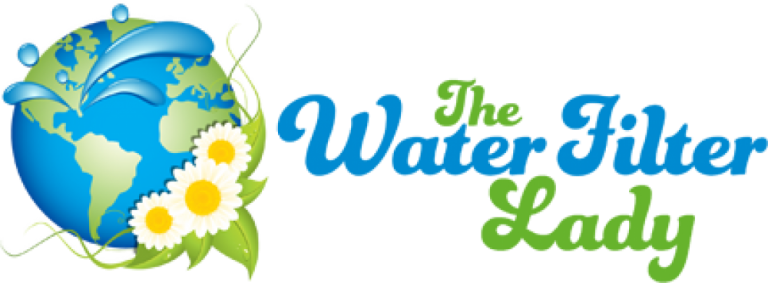Although there are hundreds of brands of home water filters, they all rely on a small number of technologies to remove contaminants, That does not mean that every filter using a given technology is as good as another, but it does mean that you can get a good idea of the general pros and cons of the different systems relatively easily.
A few tips to keep in mind when looking at filters:
Some filters use a combination of technologies, while others rely on just one.
To ensure that a filter removes a particular contaminant, verify that it is certified by a reputable, independent agency for that contaminant. For example, some carbon filters can remove chloramine but others can’t. Filters vary widely in quality.
If a filter is labeled “NSF certified,” it may be certified by this product evaluation company to improve water’s taste and odor but not necessarily guaranteed to remove any specific contaminants. Read the fine print.
The basics of common water filter technologies
Carbon/Activated Carbon: Activated carbon chemically bonds with and removes some contaminants in water filtered through it. Carbon filters vary greatly in effectiveness: some just remove chlorine and improve taste and odor, while others remove a wide range of contaminants including asbestos, lead, mercury and VOCs. However, activated carbon cannot effectively remove other common “inorganic” pollutants such as arsenic, fluoride, hexavalent chromium, nitrate and perchlorate. These filters come in two forms, carbon block and granulated activated carbon.
Carbon Block: Carbon block filters contain pulverized activated carbon shaped into blocks under high pressure. They are typically more effective than granulated activated carbon filters because they have more surface area of activated carbon. Their effectiveness depends in part on how quickly water flows through. A proprietary form called “Fibredyne block” claims to have a higher sediment holding capacity and than relative to other carbon block filters.
Granulated Activated Carbon: These filters contain fine grains of activated carbon. They are typically less effective than carbon block filters because of their smaller surface area. Effectiveness also depends how quickly water flows through.
Ceramic: Ceramic filters have with very small holes throughout the material that block solid contaminants such as cysts and sediments from passing through. They do not remove chemical contaminants.
Deionization: An ion exchange process removes mineral salts and other electrically charged molecules from water. The process cannot remove non-ionic contaminants (including disinfection byproducts and other common volatile organic compounds) or microorganisms.
Ion Exchange: This technology passes water over a resin that replaces undesirable ions (charged particles) with others that are more desirable. One common application is water softening, replacing calcium and magnesium with sodium. The resin must be periodically “recharged” with replacement ions. Ion exchange filters are occasionally combined with other types of filters and are used in water softeners, described below.
Mechanical Filters: Like ceramic filters, these filters are riddled with small holes that remove contaminants such as cysts and sediments from water. They are often used in conjunction with other kinds of technologies, but sometimes are used alone. They cannot remove chemical contaminants.
Ozone: Ozone kills bacteria and other microorganisms and is often used in conjunction with other filtering technologies. It is not effective in reducing levels of chemical contaminants.
Reverse Osmosis: This process relies on a semi-permeable membrane that retains particles larger than water molecules. Reverse osmosis can remove many contaminants not removed by carbon, including arsenic, fluoride, hexavalent chromium, nitrates and perchlorate. Quality varies, both in terms of the membrane system itself and the carbon filter typically used with it. The filters use 3 times to 20 times more water than they produce, so they are usually used only for drinking and cooking water.
UV (ultraviolet): These systems use ultraviolet light to kill bacteria and other microorganisms. They cannot remove chemical contaminants.
Water Softeners: These devices use ion exchange to lower levels of calcium and magnesium (which can build up in plumbing and fixtures) as well barium and certain forms of radium. They do not remove most other contaminants. Since water softeners usually replace calcium and magnesium with sodium, treated water typically has high sodium content. Some people may be advised by their physicians to avoid softened water. It is also not recommended for watering plants and gardens for the same reason.
Find a filter that works for:
Notes
California certification: If a drinking water device makes a claim about reducing the levels of certain toxic chemicals (or makes any other health-related performance claims), this device must be certified by the California Department of Public Health (CDPH) as being able to live up to these claims in order to be sold in California. CDPH does not, however, regulate claims that are purely aesthetic.
NSF certification: The National Sanitation Foundation (NSF) is a third-party testing organization that certifies drinking water treatment devices for their ability to meet certain standards of contaminant removal. These contaminants may be related to health concerns (i.e. toxic chemicals) and/or aesthetics (i.e. chlorine content or water hardness).
For more info visit EWG.org’s water filter buying guide

